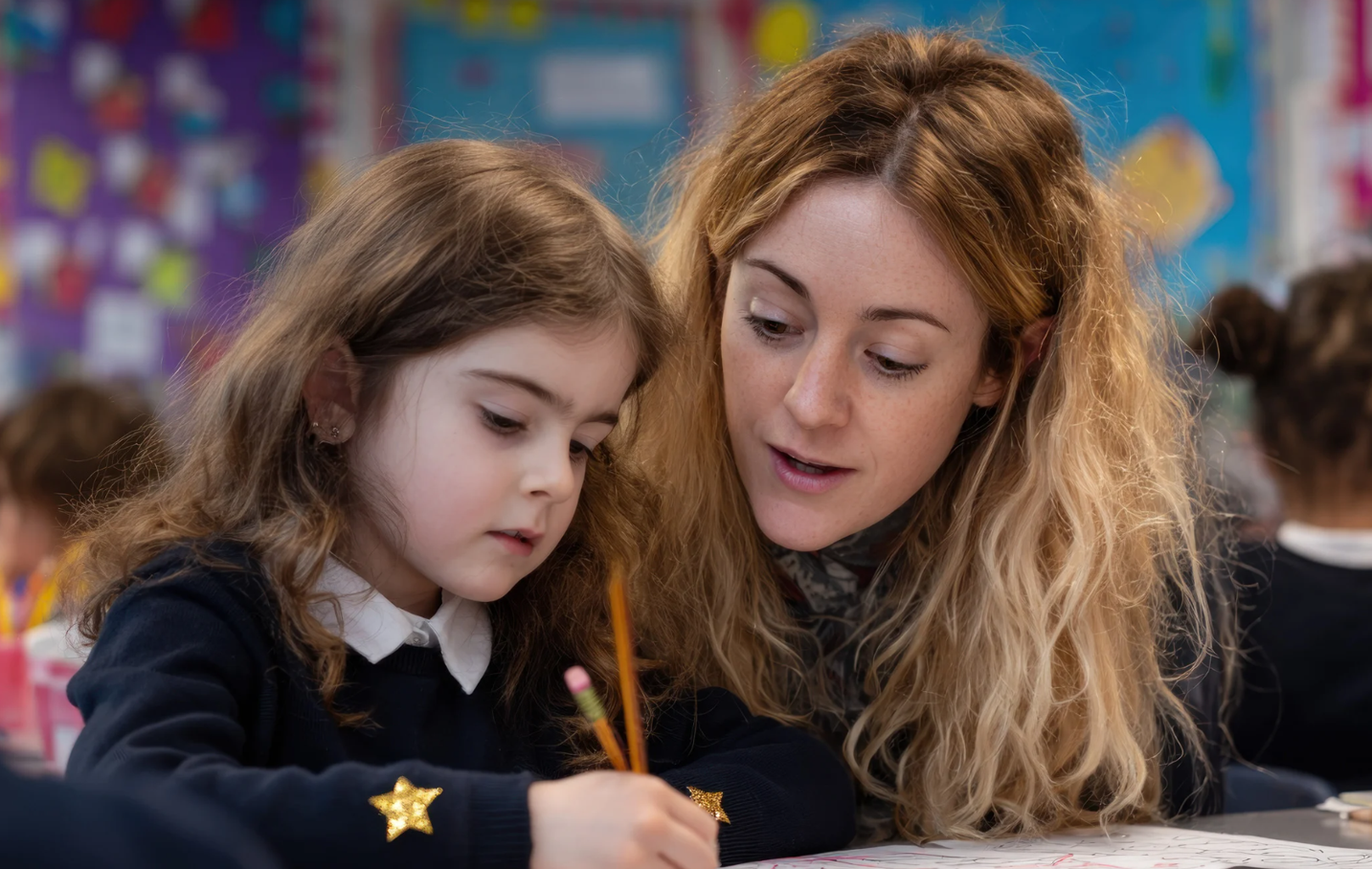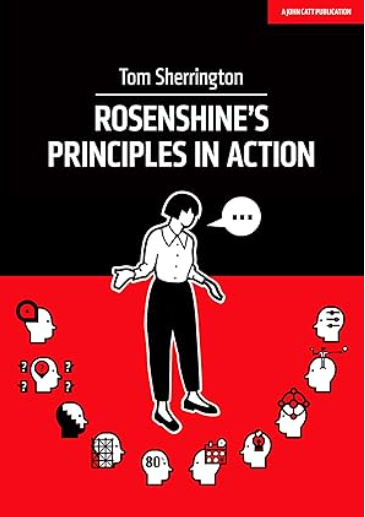Making effective pedagogical choices to impact learning – the role of modelling and questioning

What Does High-Quality Teaching Look Like Today?
What does high-quality teaching look like in your school? Do staff have the knowledge and expertise to ensure that pupils know more and learn more?
High-quality teaching remains the most powerful lever for improving pupil outcomes. Much research tells us:
‘High-quality teaching benefits all pupils and can narrow the gap between disadvantaged pupils and their peers.’
It is not about simply following a commercial scheme or scripted lesson plan, but about making deliberate, evidence-informed pedagogical choices that help pupils learn deeply and securely. Teachers who understand how children learn—drawing on cognitive science and metacognitive principles—are better equipped to design lessons that build knowledge over time and foster independence.
Modelling: Making Thinking Visible for Pupils
When teachers model effectively, they make their expert thinking visible. For example, a Year 6 teacher might compose a persuasive opening paragraph in real time, narrating their decision-making: “I’m using a rhetorical question here to engage my reader.” In maths, a teacher might model a problem-solving strategy, showing how to identify key information and check accuracy. This explicit sharing of thought processes supports pupils’ metacognition - helping them plan, monitor, and evaluate their own approaches to learning. Evidence suggests that metacognition helps to support our learners become more independent and resilient (EEF Metacognition and Self-Regulated Learning Guidance Report 2018).
Modelling, one of Rosenshine’s Principles of Instruction, is discussed in Tom Sherrington’s book Rosenshine’s Principles in Action. It takes a variety of forms and is an essential feature of explicit instruction. It’s all about making the invisible visible for our pupils. The inclusion of modelling techniques should be planned by the teacher, and be part of wider strategies such as breaking material into smaller chunks, and reviewing material regularly. This often means taking the basis of any commercially produced material and adapting it to meet the needs of pupils, rather than simply following a set of PowerPoint slides designed by someone who doesn’t know your pupils the way you do.

Questioning: Deepening Understanding Through Dialogue
Equally important is skilful questioning. In a science lesson, a teacher might ask, “What would happen if we changed one variable?” to prompt reasoning and prediction, while in history, probing questions such as “Why might these sources differ?” help pupils think critically about evidence. Such questions are not random; they are sequenced to check understanding, retrieve prior knowledge, and stretch thinking: reflecting principles from cognitive load theory and Rosenshine’s Principles of Instruction.
In the same way as modelling, questioning, and the way this questioning is carried out, should be carefully and intentionally planned. Questions serve many purposes in lessons, so when and where we ask them keeps us informed as teachers about whether learning is taking place. How we ask such questions helps support high-quality teaching, assessment and inclusion.
Bridging Research and Practice: CPD Opportunities
To support staff in strengthening these practices, we are have upcoming CPD sessions which will focus on:
- Modelling for metacognition – strategies for making thinking visible across the curriculum
- Questioning for depth and understanding – designing and sequencing purposeful questions
- Applying Rosenshine in practice by bridging research and classroom reality
Book your place
Book your place on the first session which takes place on 13th November 2025.
These sessions would benefit classroom teachers, student and ECT mentors (to develop their ITTECF curriculum knowledge of how pupils learn), subject leaders and senior leaders.


